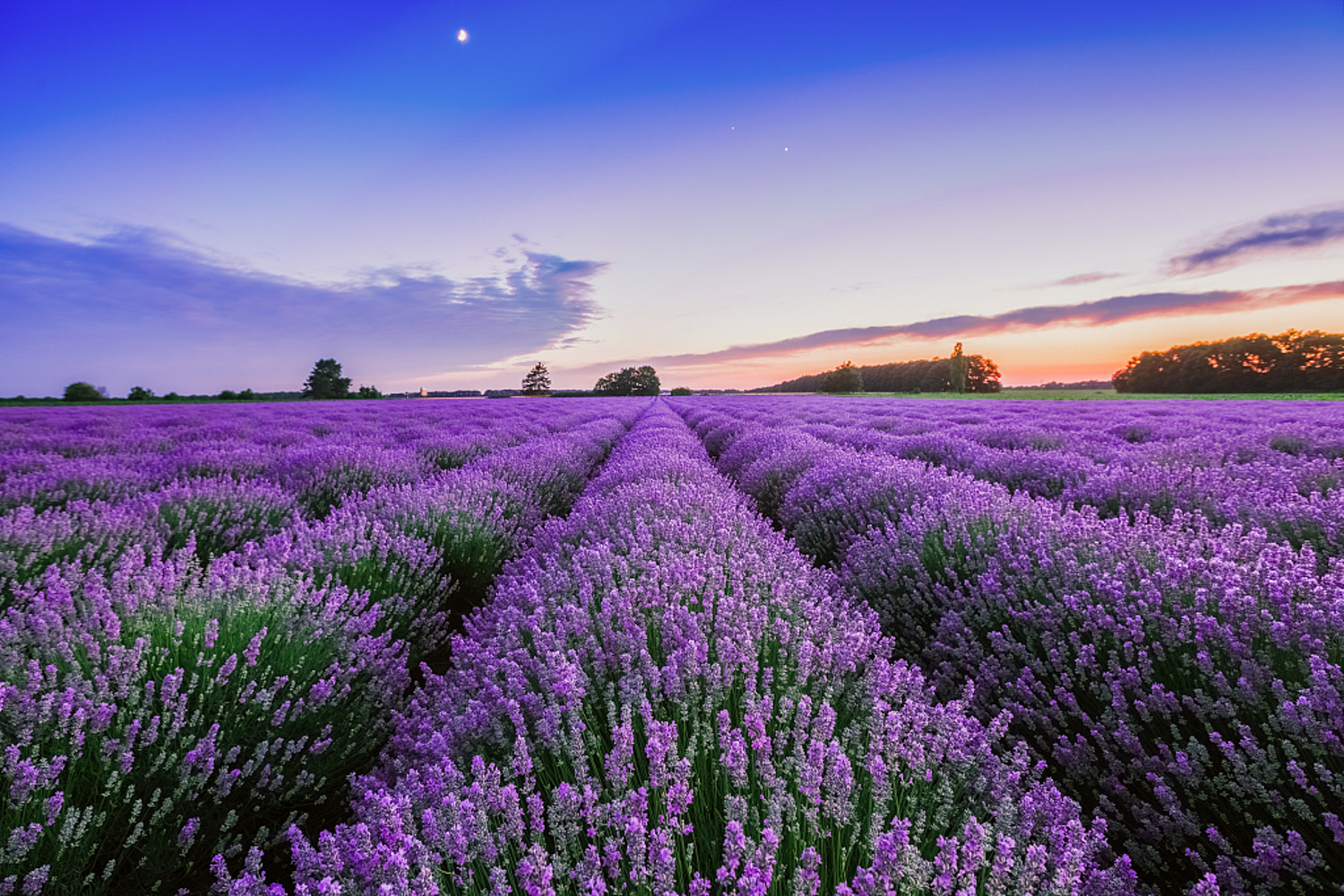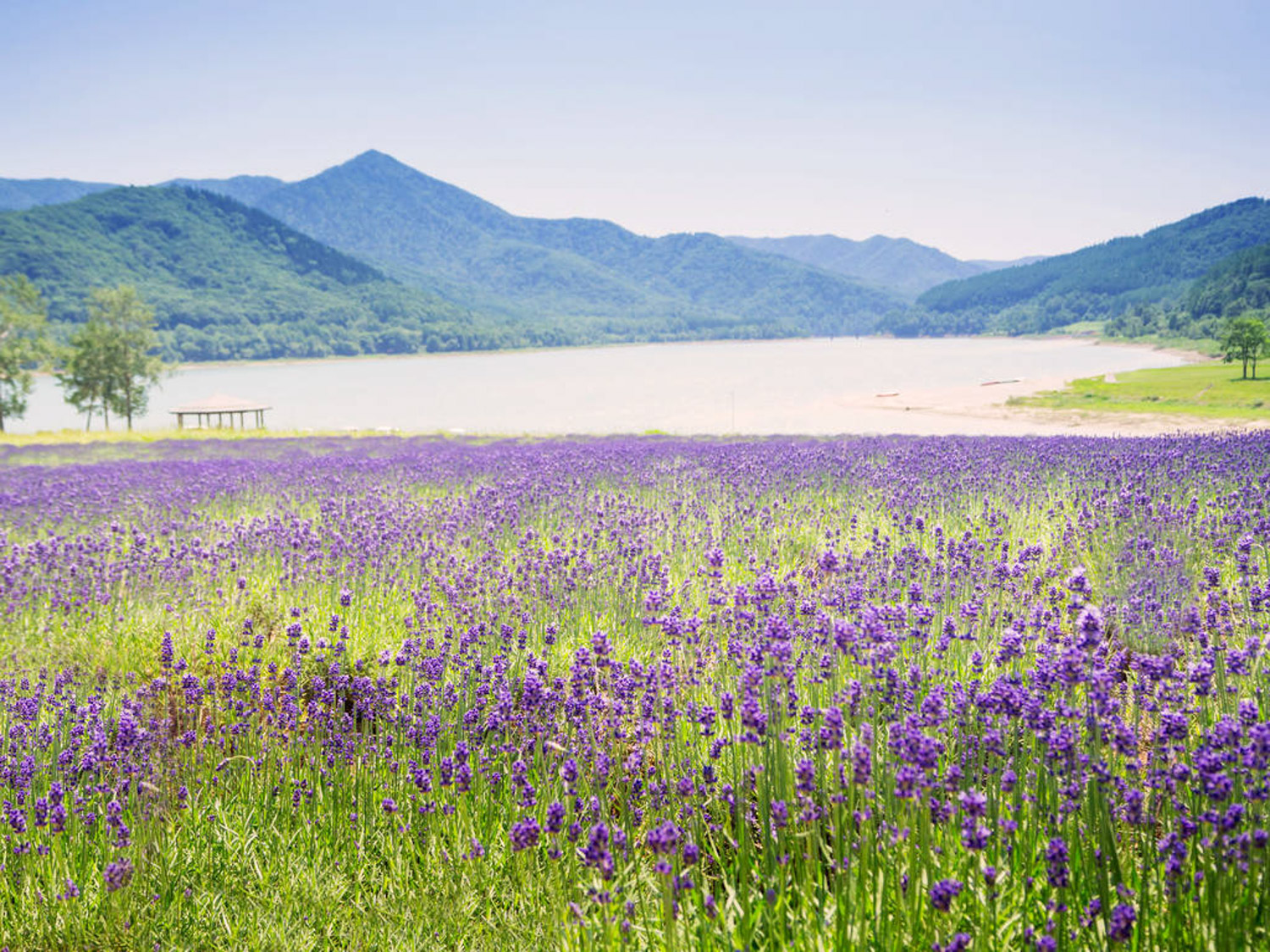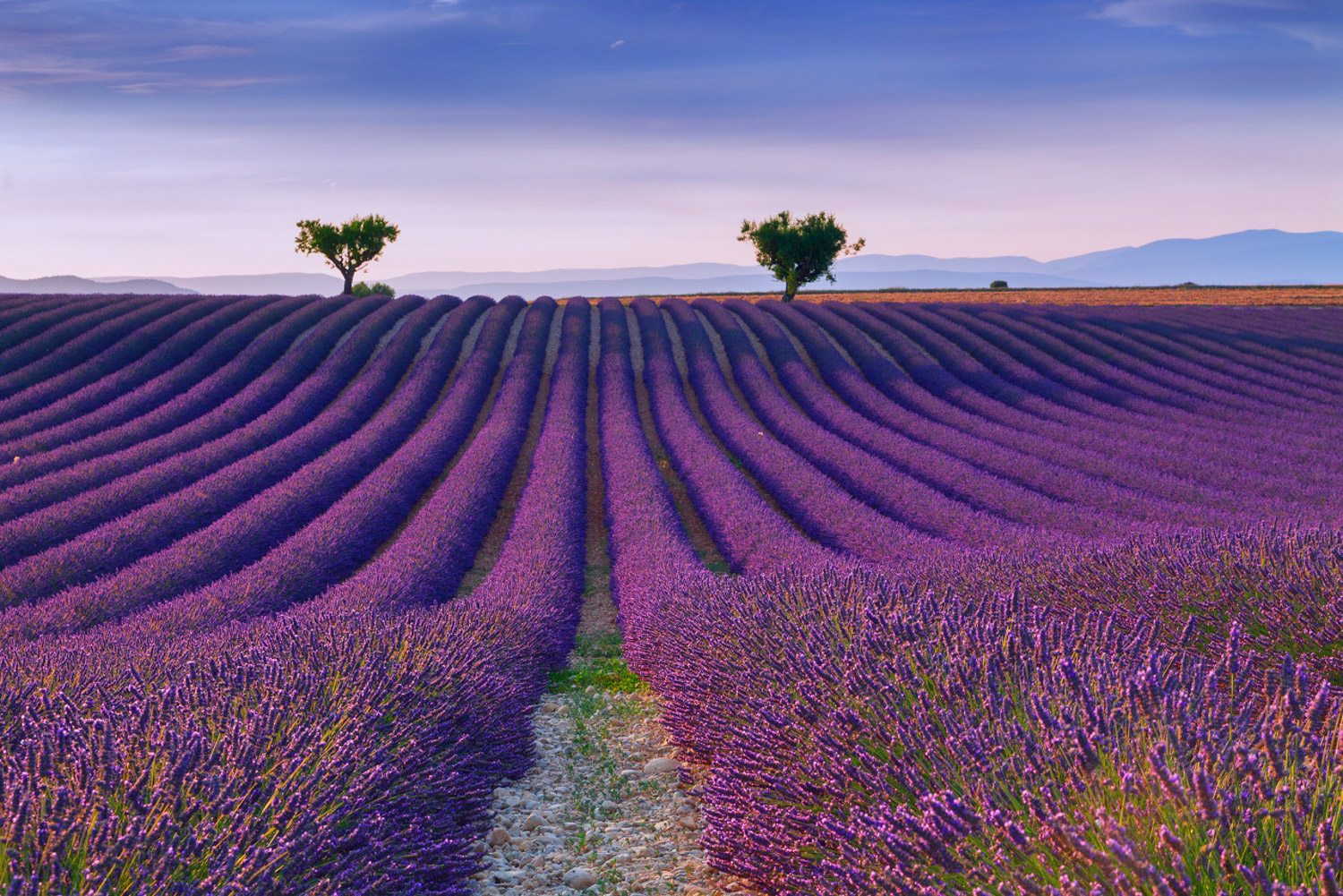1、 Keep warm
Lavender has certain cold tolerance, but low temperature will inhibit plant growth and make it enter dormancy. If you want it to develop better, you need to provide a warm environment. For some varieties that are not resistant to cold, they must be moved to a warm place indoors in winter to avoid frostbite. You can also put a bag on the upper part of the flowerpot, which can also have the effect of heat preservation

2、 Increase illumination
Lavender itself is a light loving plant, so it needs to be exposed to the sun at any time, especially in winter. Sufficient light is not only conducive to the growth of the plant, but also raise the temperature to help the plant survive the winter better. If it is indoor breeding, it is generally put on the balcony. If the wind is not strong, you can open the window for ventilation at noon

3、 Controlled watering
The growth of lavender slows down in winter, and the demand for water is not large, so it must be watered less in winter. If the water is poured too much, due to the slow evaporation rate, it is easy to affect the respiration of the root, and there is the possibility of freezing. In addition to the amount of water, we should also pay attention to the water temperature. We can't pour it directly with cold water. Generally, we should pour it after it is consistent with the room temperature

4、 Stop fertilization
Lavender needs fertilizer during the growth period, but winter is its dormancy period. At this time, there is little demand for fertilizer. In order to prevent fertilizer accumulation from forming fertilizer damage, fertilization is generally not applied in winter. If the room is warm, the plant can grow normally, and it can also be properly fertilized. Fertilizer should be fully diluted before use, and properly watered after fertilization to help it absorb nutrients

 how many times do yo...
how many times do yo... how many planted tre...
how many planted tre... how many pine trees ...
how many pine trees ... how many pecan trees...
how many pecan trees... how many plants comp...
how many plants comp... how many plants can ...
how many plants can ... how many plants and ...
how many plants and ... how many pepper plan...
how many pepper plan...

























